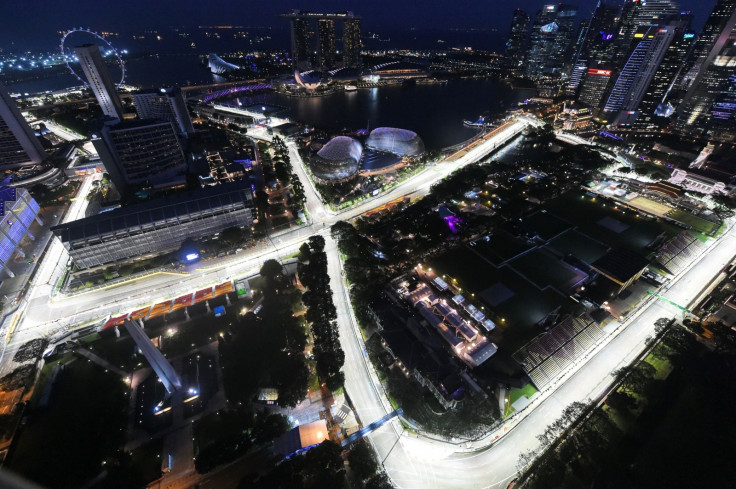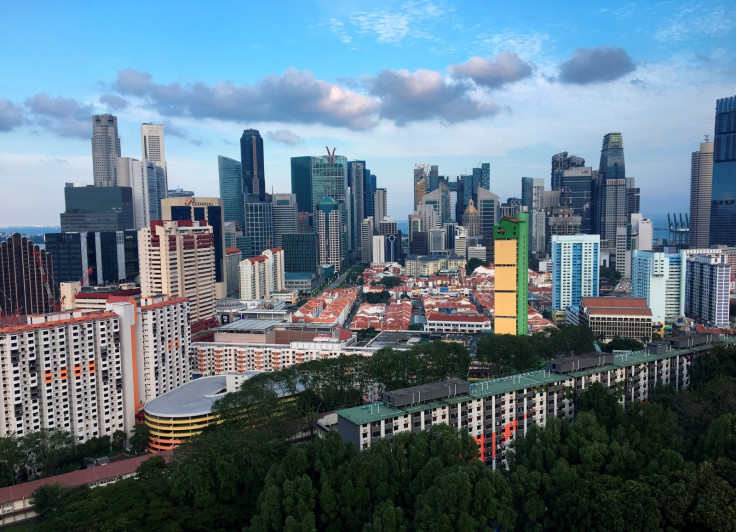The future of cities – balancing surveillance and data capture
Smart cities will capture massive amounts of data about the population and its patterns, such as water use and traffic flows.

The city of the future is a symbol of progress. The world's premier cities are now competing to build highly interconnected smart environments where people, government and business operate in symbiosis with spectacular exponentially improving technologies such as big data, the Internet of Things (IoT), cloud computing, hyperconnectivity, artificial intelligence (AI), robots, drones, autonomous green vehicles, 3D / 4D printing, and renewable energy.
Future smart cities promise to harmonize the benefits of these key disruptive technologies for society and provide a high quality of life by design. At the same time, they assume that pervasive surveillance and data capture are permissible to city residents.
In a fast-changing world, it can be hard to develop a clear future vision and strategy - when every sector is being disrupted and all our assumptions are being challenged. However, that's exactly what we have to do.
City governments have to create inclusive processes that inform citizens about the forces shaping the future and the possibilities and challenges on the horizon and then engage the population in dialogue about the kind of future we want to create.
Smart cities are designed to inform decisions by capturing massive amounts of data about the population and its patterns, such as water use and traffic flows. This information gathering results in what is called big data, and it is essentially gathered via surveillance.
There can also be voluntary efforts to collect information, but the ease and affordability of sensors, AI and advanced analytics in the future will mean this function can be completely automated. The data can be collated from a constantly evolving and expanding IoT – encompassing traffic lights and cameras, pollution sensors, building control systems, and personal devices – all literally feeding giant data stores held in the cloud.
The ability to crunch all this data is becoming easier due to rampant growth in the use of devices algorithms, AI, and predictive software – all running on networks of high performance computing and storage devices.
Singapore is a leading example of a smart city, and is constantly evolving its "city brain," a backbone of technologies used to help control pollution, monitor traffic, allocate parking, communicate with citizens, and even issue traffic fines.
The behavioral aspect is not to be overlooked. Singapore's "brain" is attempting to modify human behavior; for example, one system rewards drivers for using recommended mapped routes, and punishes those who do not.
Ultimately, Singapore's planners hope to discourage driving, and guide most commuters to making greater use of public transportation. The city is planning for 100 million "smart objects" including smart traffic lights, lamp posts, sensors, and cameras on its roadways, which will be used to monitor and enforce laws.

In the UK, where $634bn is earmarked for infrastructure over the next several years, drivers are already saving up to half an hour per day on the M62 smart motorway through the use of congestion management techniques such as dynamic signage, variable speed limits and peak period access to the hard shoulder.
Essentially the Internet of Things ( IoT) means that everything ("things") - and potentially everyone - will become beacons and data collection devices. Hence, after data, the IoT is the second driving force behind the rise of smart infrastructure; in order for everything from air conditioning to parking meters to function in a smart city, the use of microphones, sensors, voice recognition, and all sorts of other high-tech gadgetry must be hooked up to the IoT.
Companies and planners are already beginning to explore the possibilities. For example, a case study from India suggests that light poles along the highways can offer both smart city and connectivity solutions. In addition to helping monitor road conditions, the light poles could be fitted as high-speed data connections.
Data is a critical element of the smart city/smart road future – but should companies be allowed to target users with adverts based on information collected for other purposes?
As cities grow in size and importance to the global economy, it will be increasingly important that they adopt the most innovative and forward-thinking design and sustainability ideas. As a smart infrastructure future unfolds, three important new technologies – big data, the IoT and renewable energy – are working in tandem to transform the day-to-day.
For example, South Korea is planning an entire network of smart roads by 2020, including battery-charging stations for electric vehicles (EVs) as well as infrastructure to handle autonomous vehicles.

All this data and awareness will enable decisions that make the best possible use of space, fuel, energy, water, electricity, and all resources, with an emphasis on sustainability. For example, a clear priority is being able to anticipate big traffic jams and provide alternate routes to save time, fuel, and reduce impact on the city infrastructure itself. Limiting waste is a very logical outcome and benefit of the merging of big data, AI and IoT which feeds into the rise of smart infrastructure.
In the UK, there is significant potential for the sun to become a mainstream power source. There is also a new scientific forecasting tool to predict solar weather, which will make the rollout of solar on smart roads (and in homes) a more feasible option. Eventually, with a growing array of such distributed power solutions, a centralized energy distribution grid for homes and businesses may not be necessary.
The smart city movement now afoot has the potential to transform the organization of people and physical objects in a way that transcends urban development as we know it. The shift to smart infrastructure is not simply fashionable or aspirational; in many ways, it appears to be a critical enabler of the future sustainability of cities.
It can be argued that the future of human life on the planet rests on a smooth transition to cities that are more efficient, less wasteful, and more conscious of the impacts of the individual upon the greater good.
About the authors
Rohit Talwar, Steve Wells and Alexandra Whittington are from Fast Future which publishes books from future thinkers around the world exploring how developments such as AI, robotics and disruptive thinking could impact individuals, society and business and create new trillion-dollar sectors. Fast Future has a particular focus on ensuring these advances are harnessed to unleash individual potential and ensure a very human future.
© Copyright IBTimes 2024. All rights reserved.






